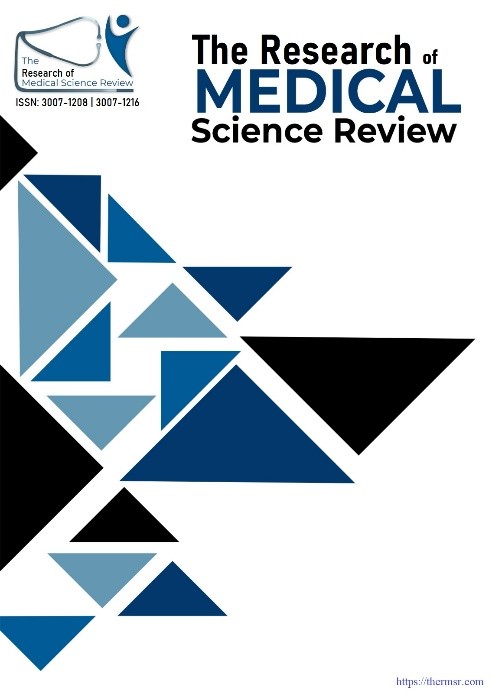FREQUENCY OF INDUCIBLE CLINDAMYCIN RESISTANCE IN STAPHYLOCOCCUS AUREUS ISOLATES AT ABBAS INSTITUTE OF MEDICAL SCIENCES
Main Article Content
Abstract
Background: Staphylococcus aureus is a leading cause of hospital- and community-acquired infections. Clindamycin is commonly used for treating these infections; however, the emergence of inducible clindamycin resistance (iMLSB phenotype) may lead to therapeutic failure if not properly detected. The D-test is a reliable method for identifying such resistance patterns in routine diagnostics.
Objectives: To determine the frequency of inducible clindamycin resistance in Staphylococcus aureus isolates at Abbas Institute of Medical Sciences, Muzaffarabad.
Study Design & Setting: A cross-sectional study conducted in the Department of Microbiology, Abbas Institute of Medical Sciences, over a six-month period following ethical approval from August 2024 to April 2025.
Methodology: A total of 178 non-repetitive S. aureus isolates were obtained from clinical specimens including pus, urine, blood, and CSF. Standard microbiological procedures were used for identification. Methicillin resistance was determined using cefoxitin (30 µg) disc diffusion. Inducible clindamycin resistance was detected via the D-test, placing clindamycin and erythromycin discs 15 mm apart on Mueller-Hinton agar. Data were analyzed using SPSS version 23, with p ≤ 0.05 considered significant.
Results: Of 178 S. aureus isolates, 108 (60.7%) were MSSA and 70 (39.3%) were MRSA. Inducible clindamycin resistance was observed in 41 (23.0%) isolates overall—significantly more prevalent in MRSA (41.4%) than MSSA (11.1%) (p < 0.001). Resistance was higher in adults and inpatients, especially in pus samples.
Conclusion: A considerable frequency of inducible clindamycin resistance was noted, especially among MRSA strains. Routine D-testing is essential for guiding appropriate antibiotic therapy
Downloads
Article Details
Section

This work is licensed under a Creative Commons Attribution-NonCommercial-NoDerivatives 4.0 International License.
